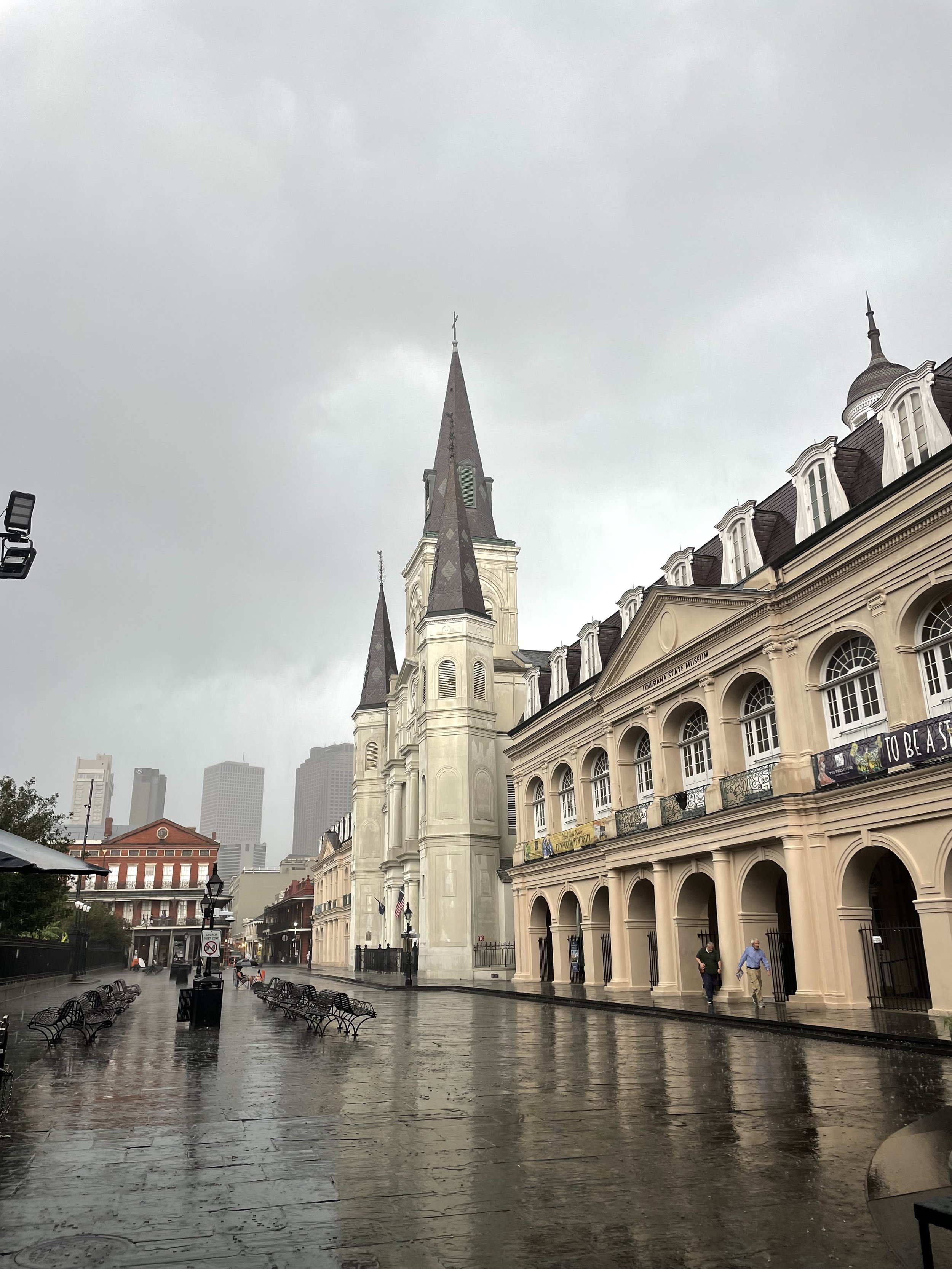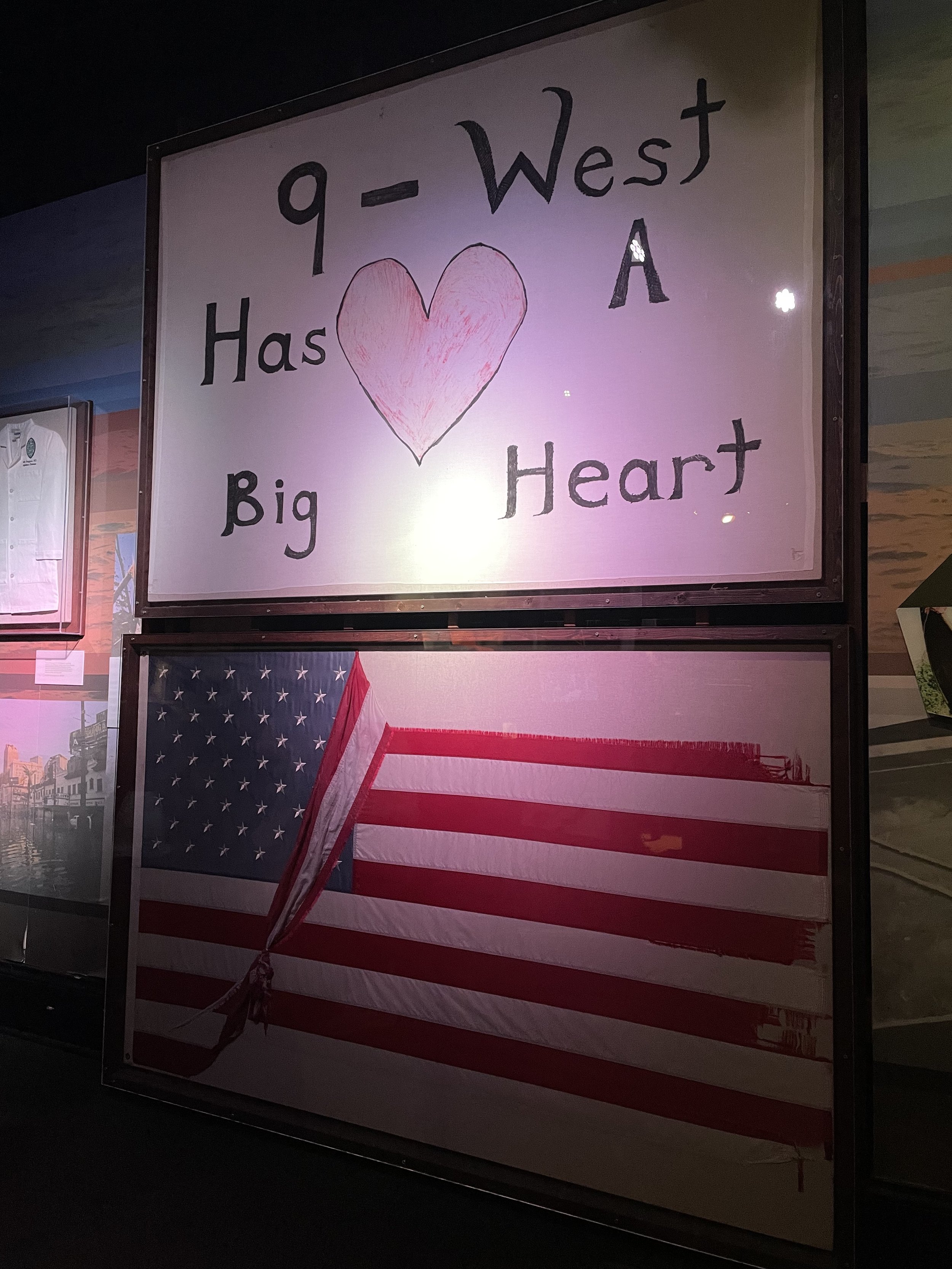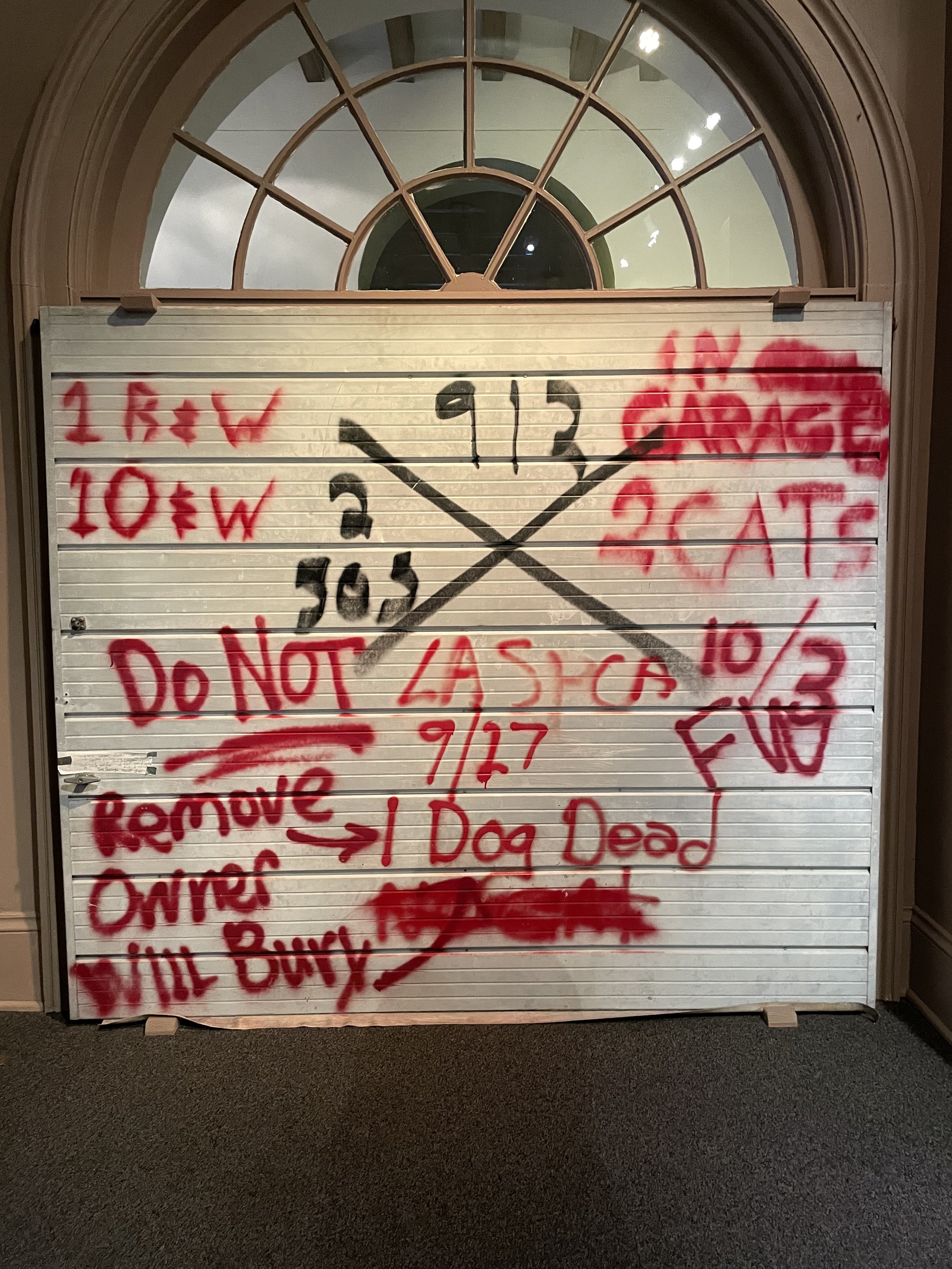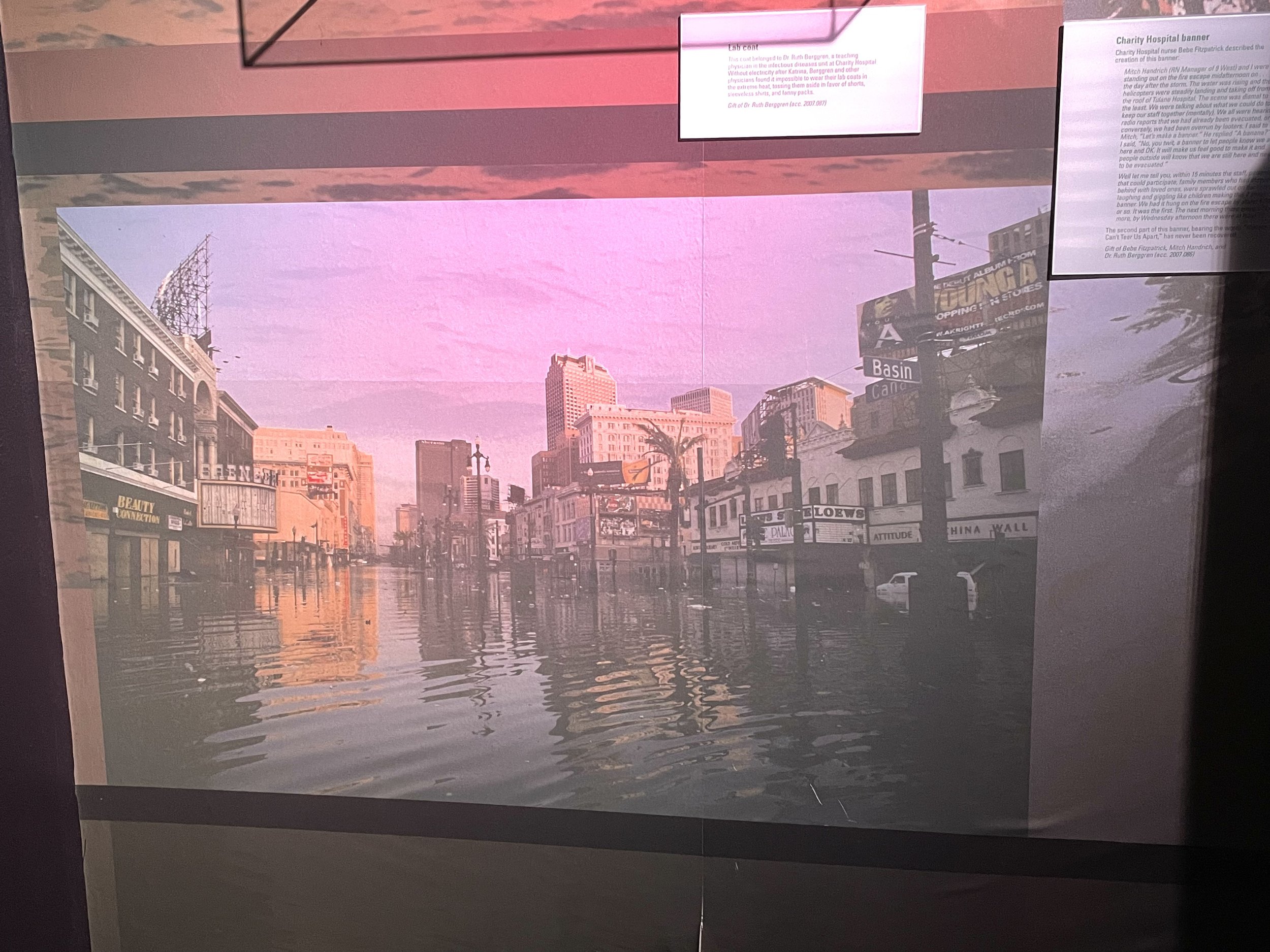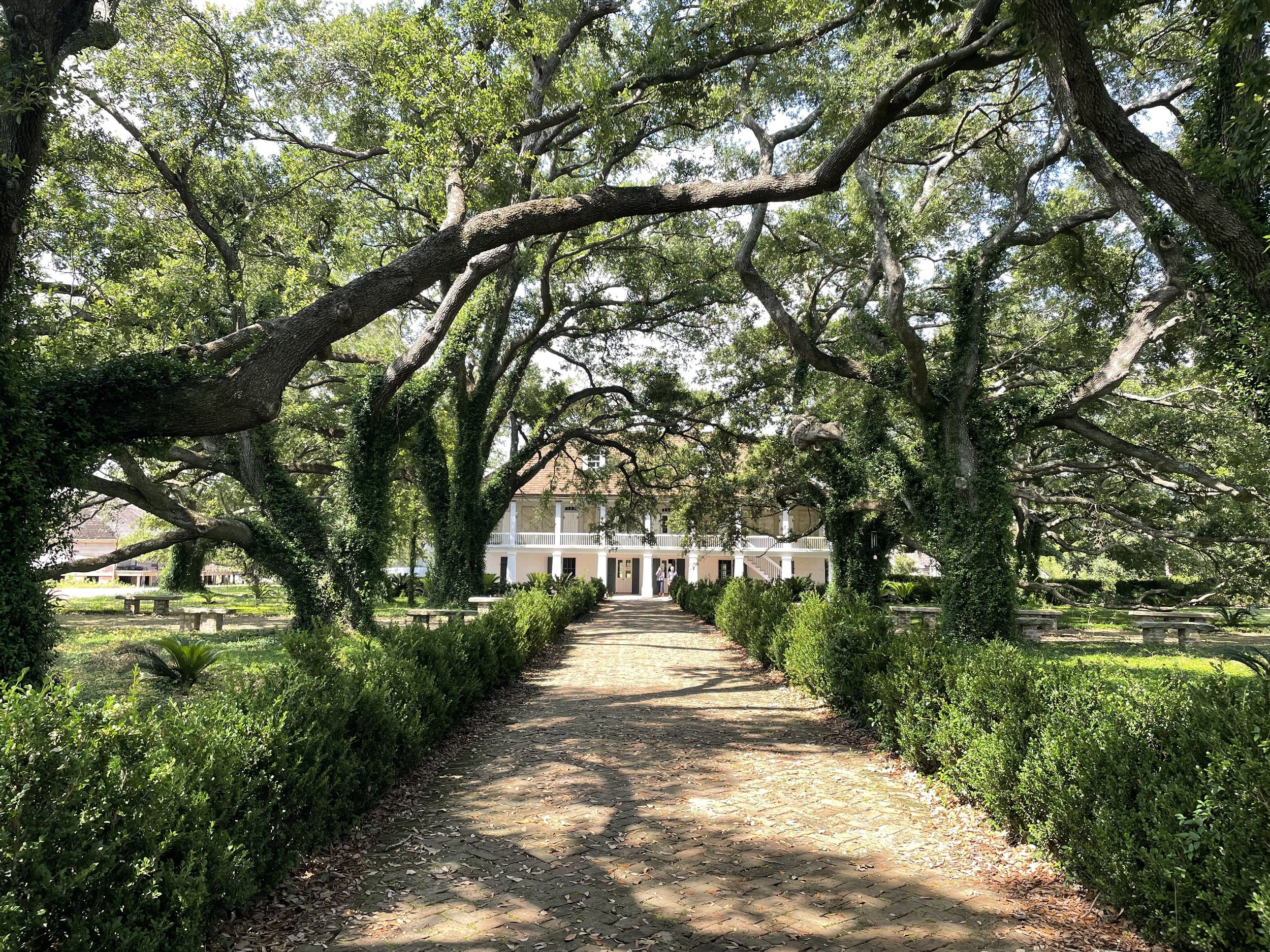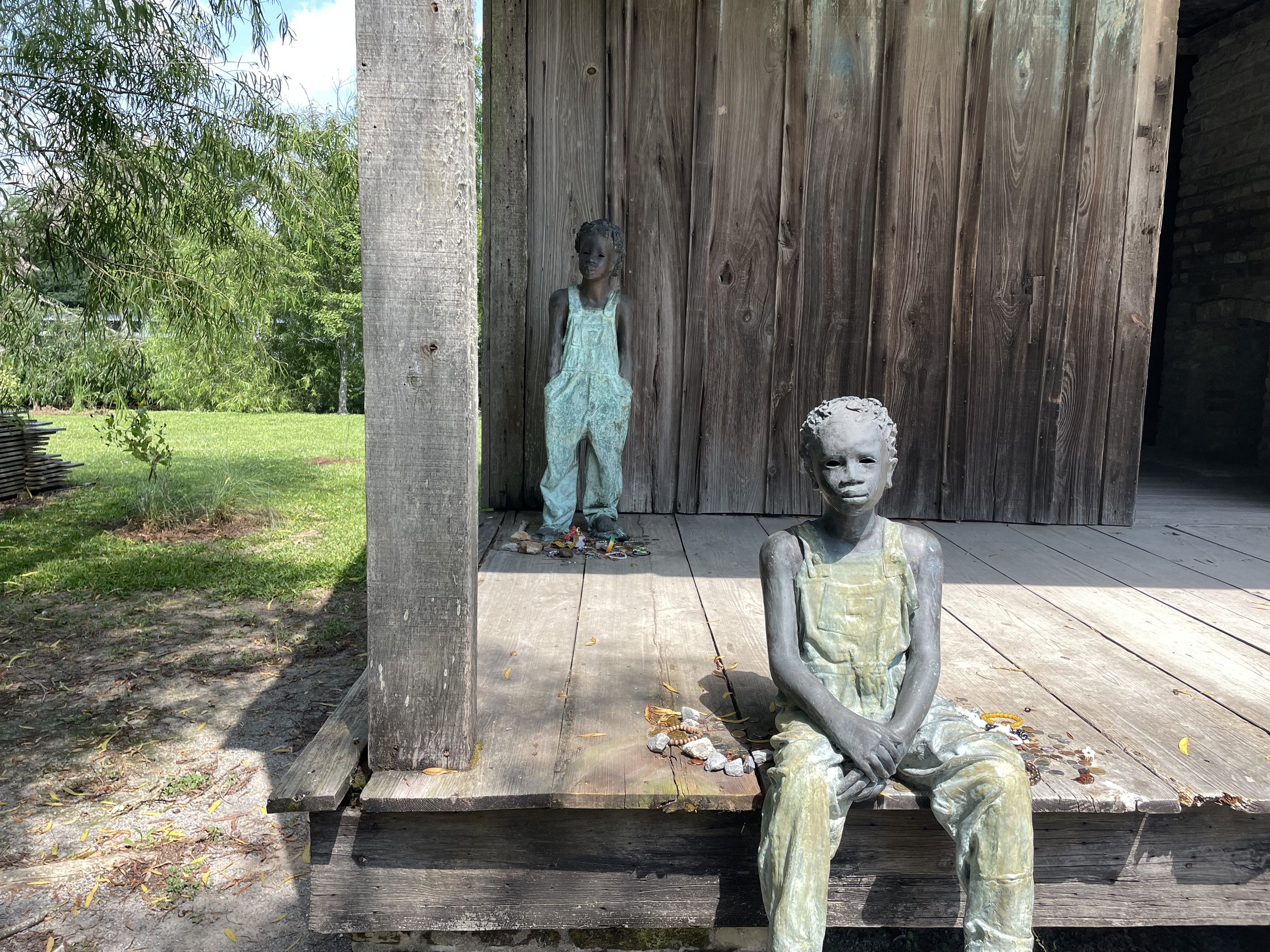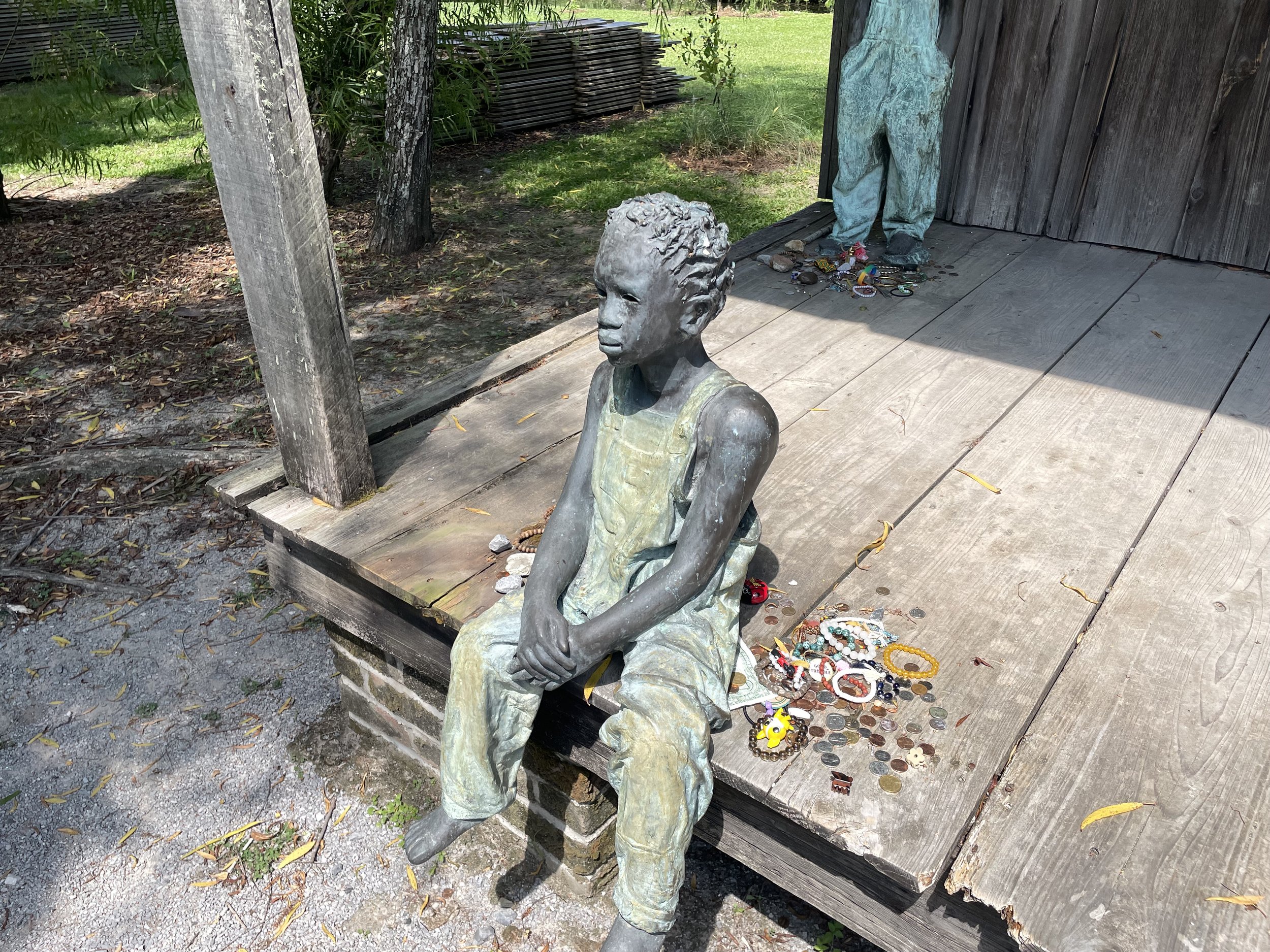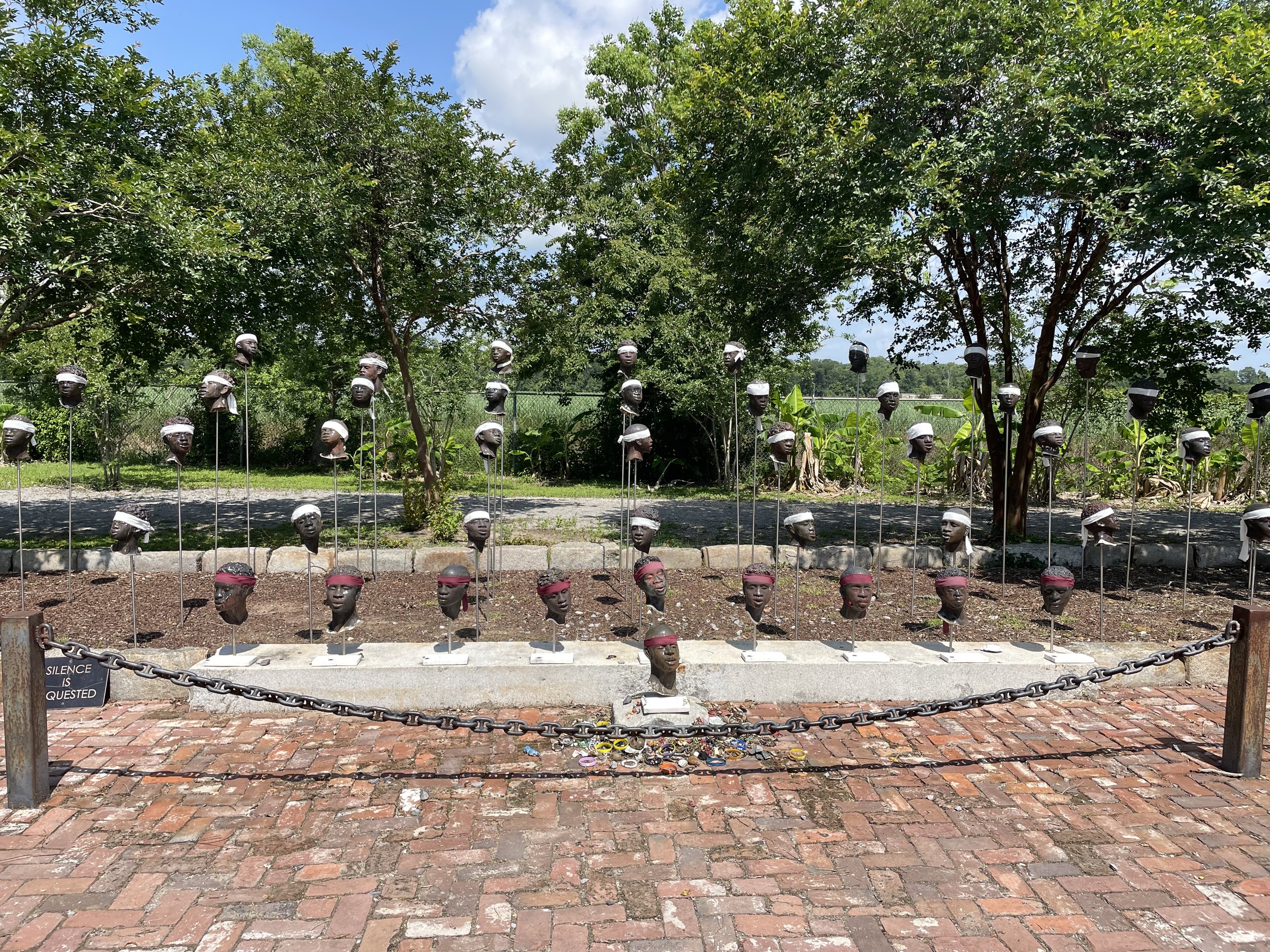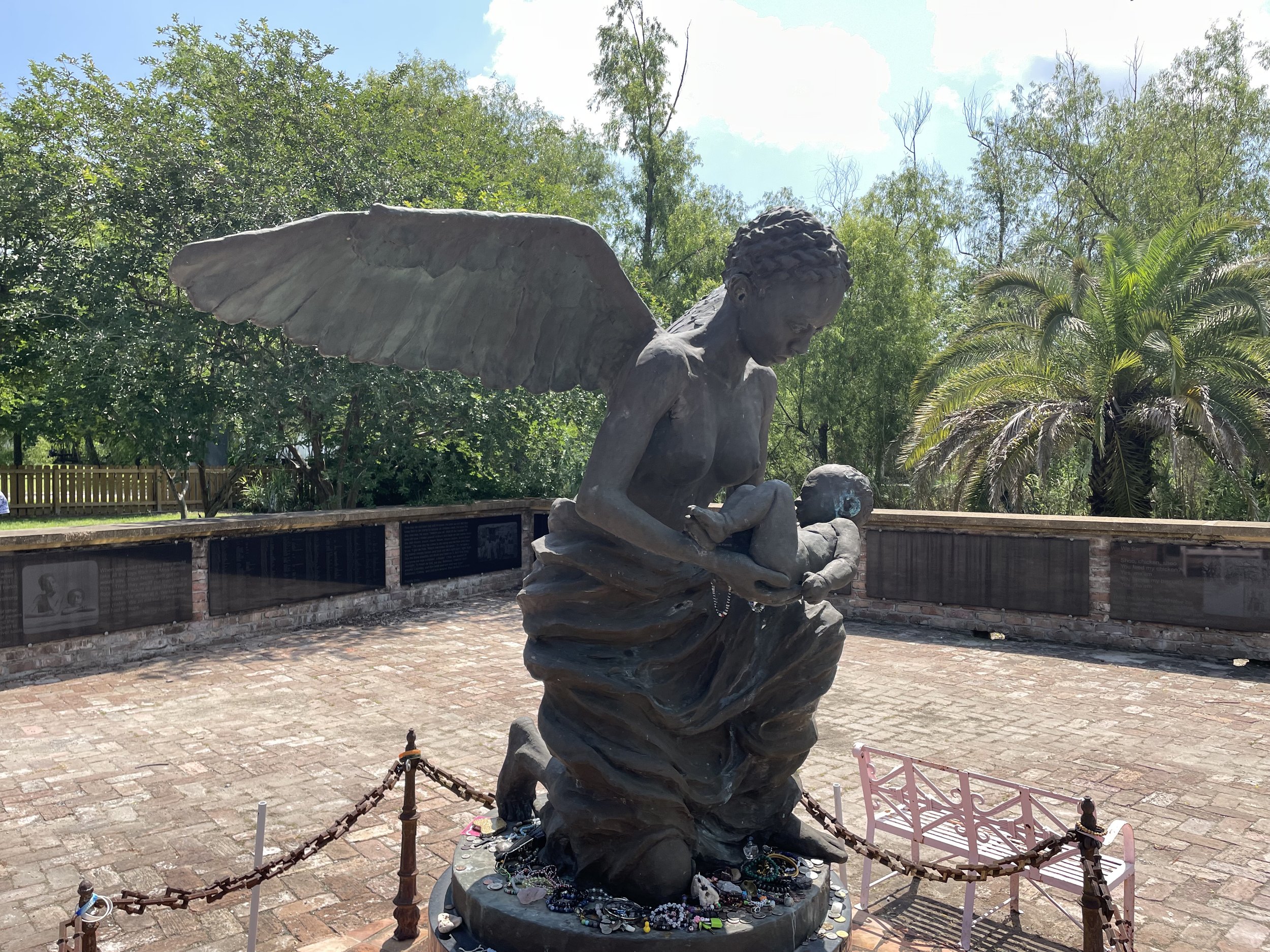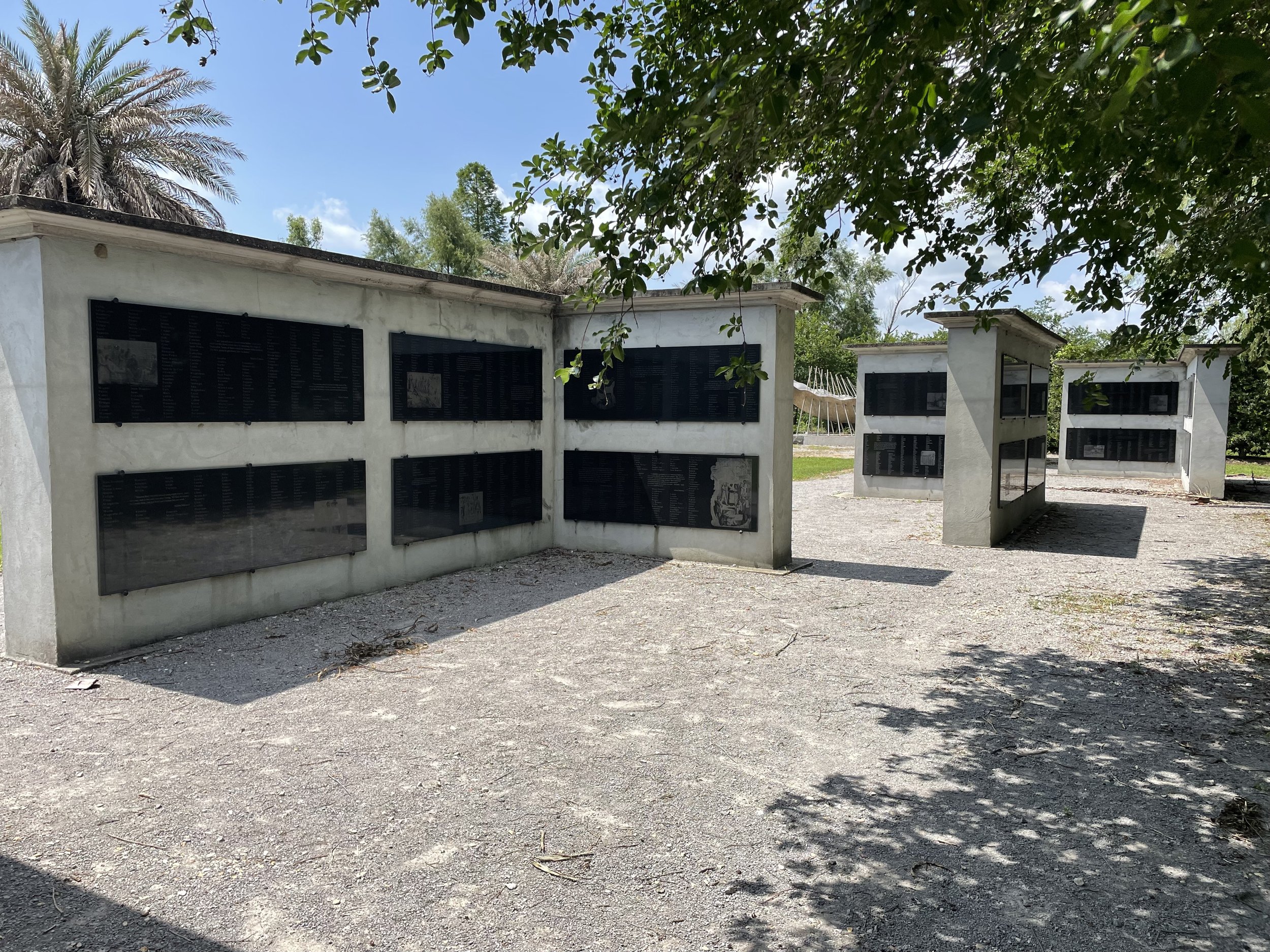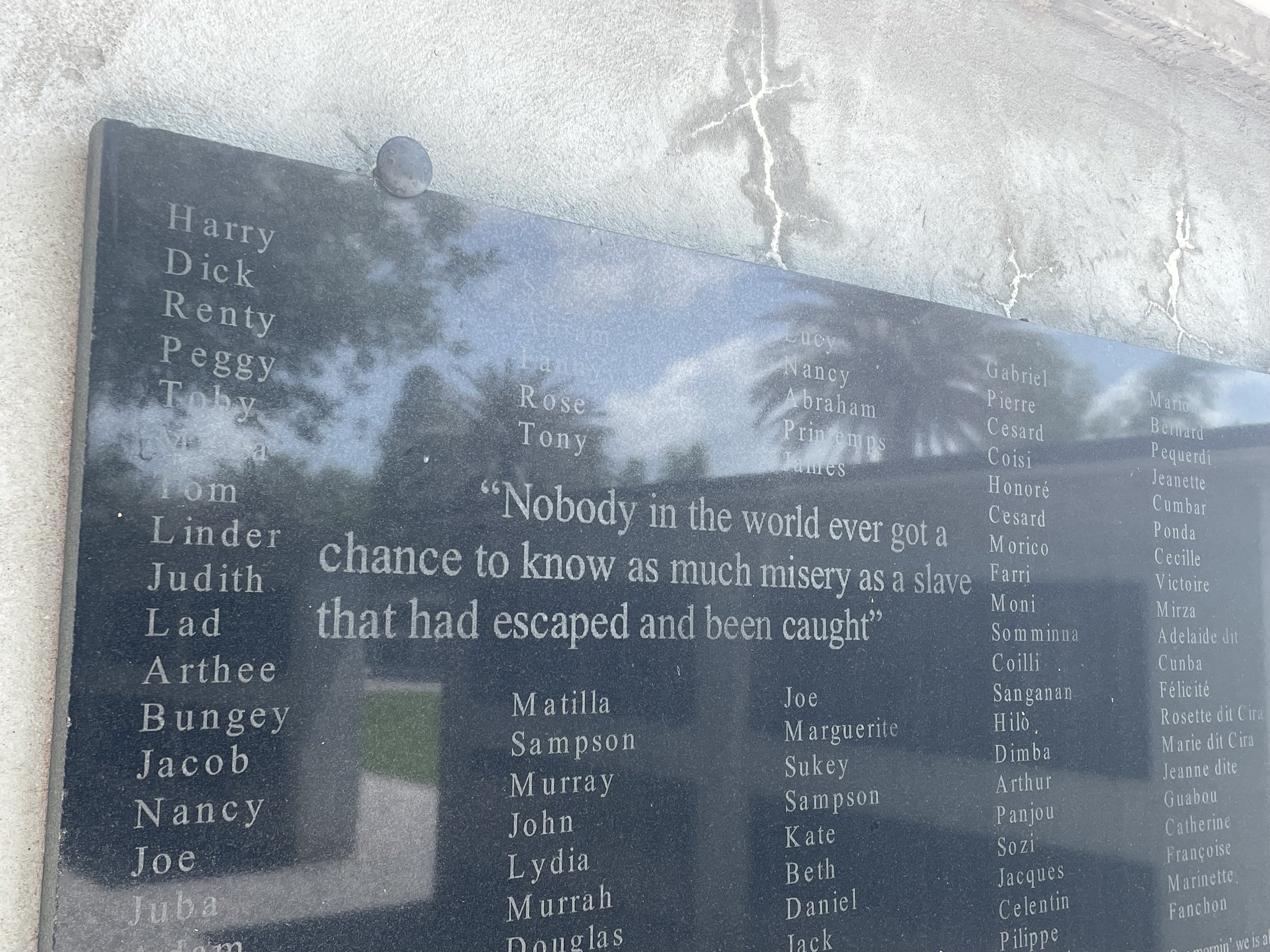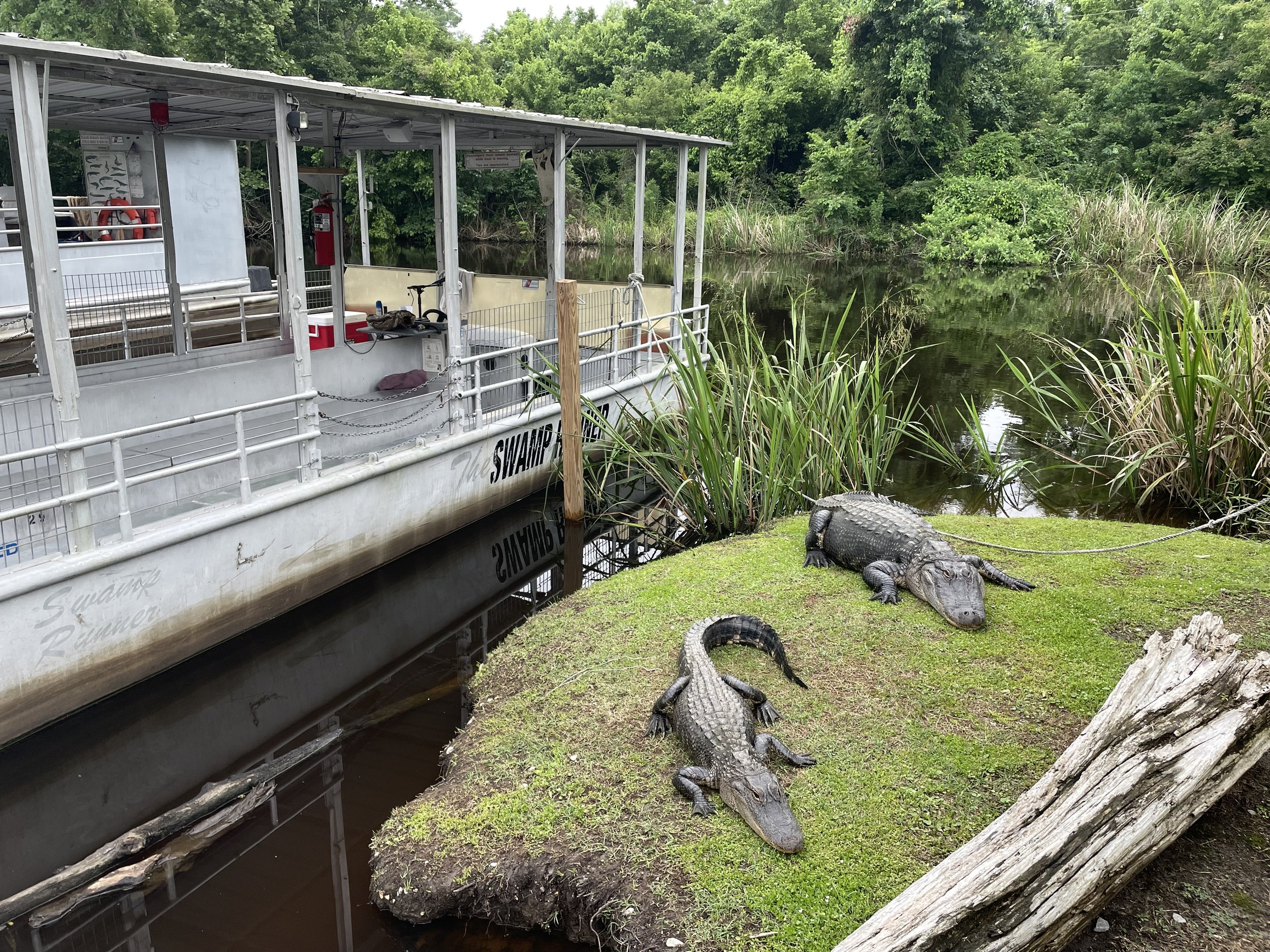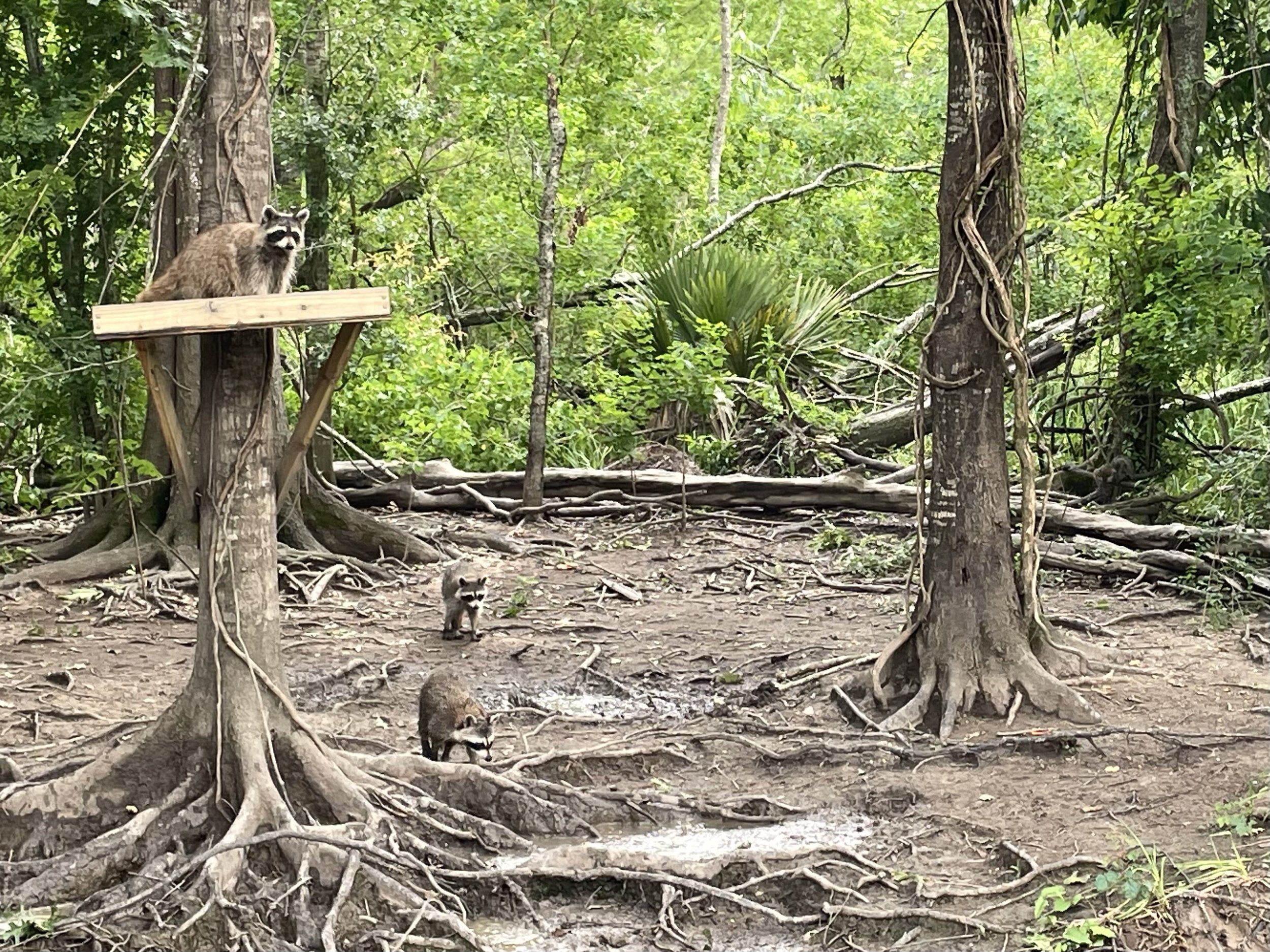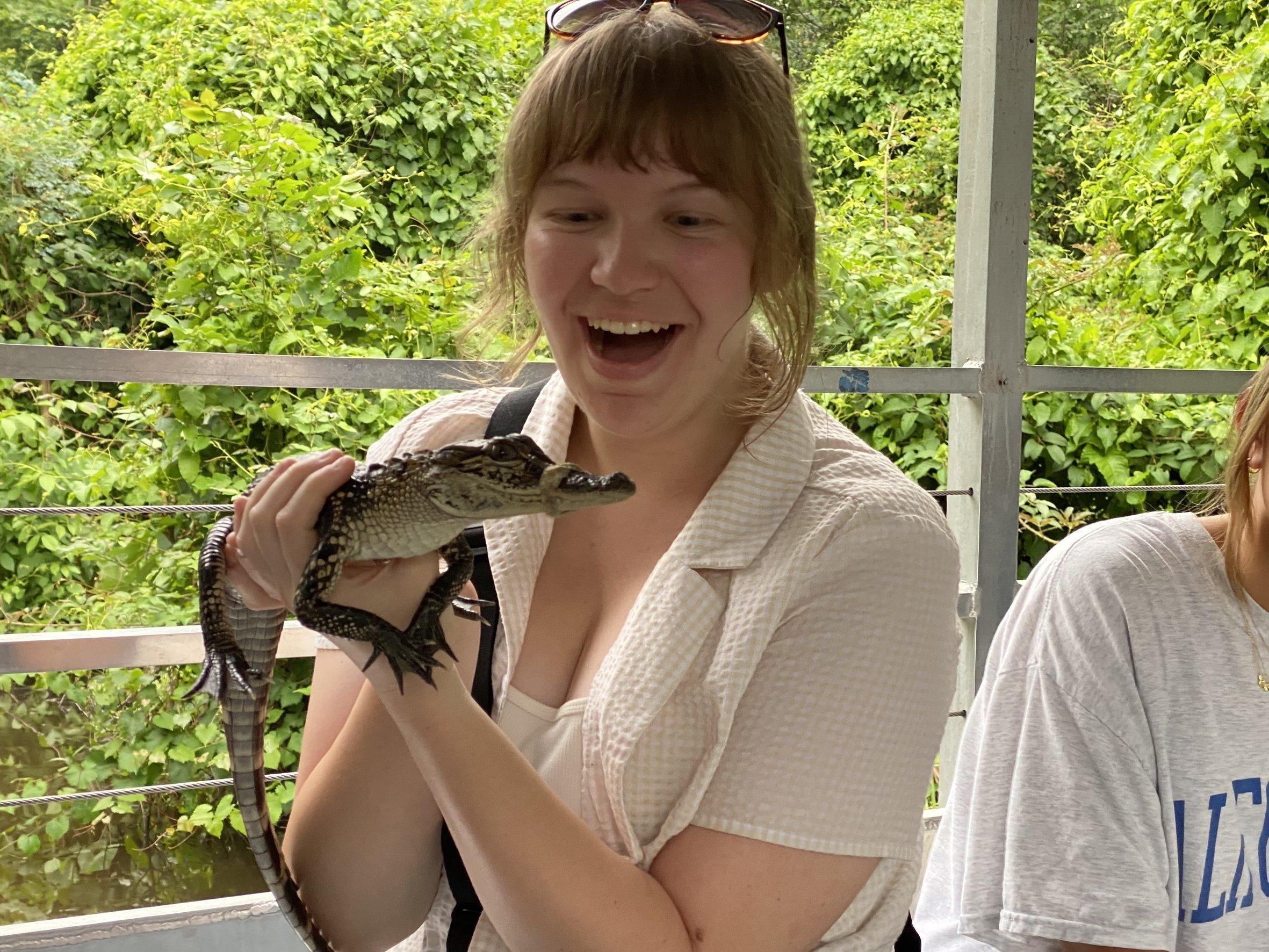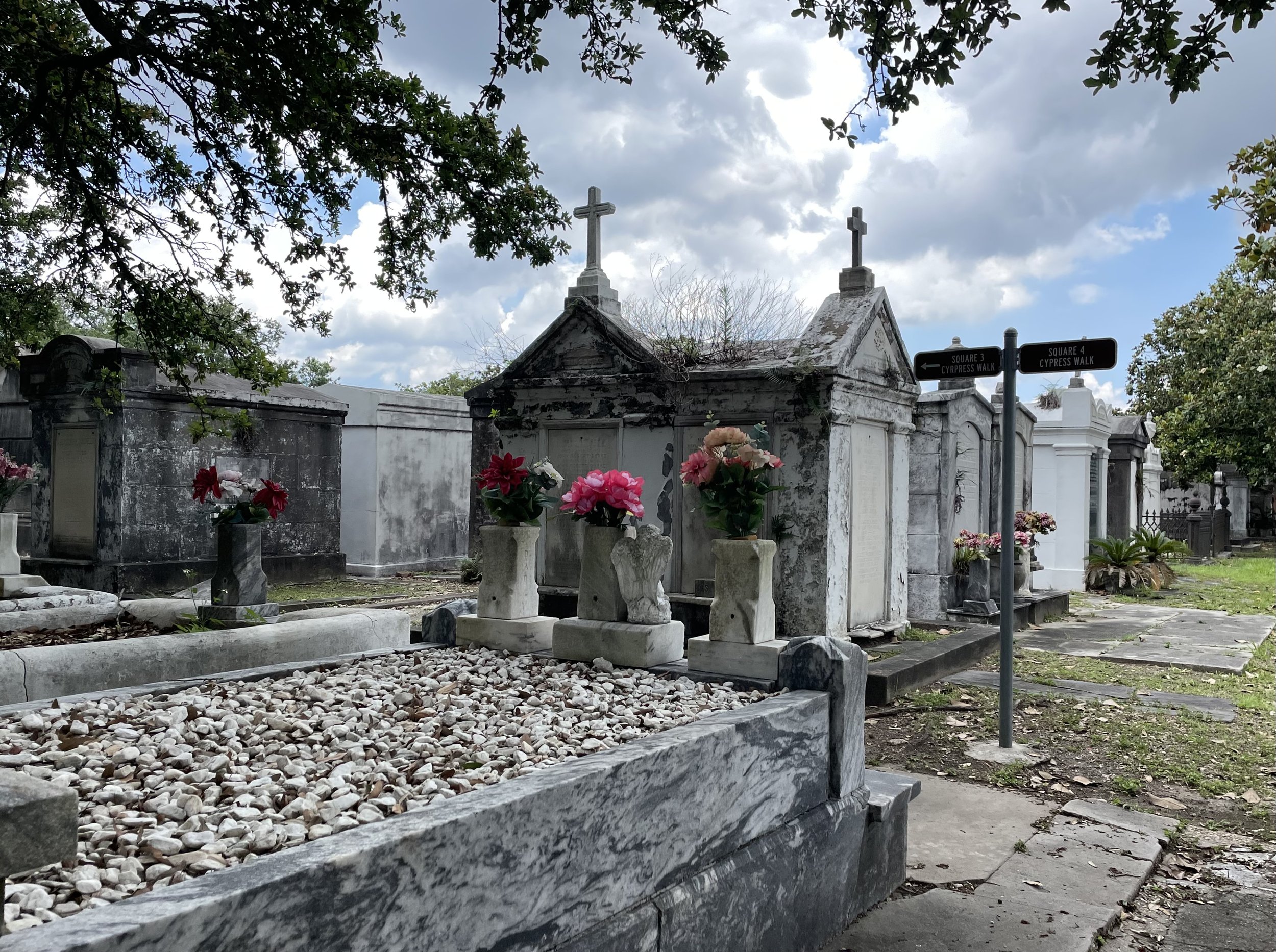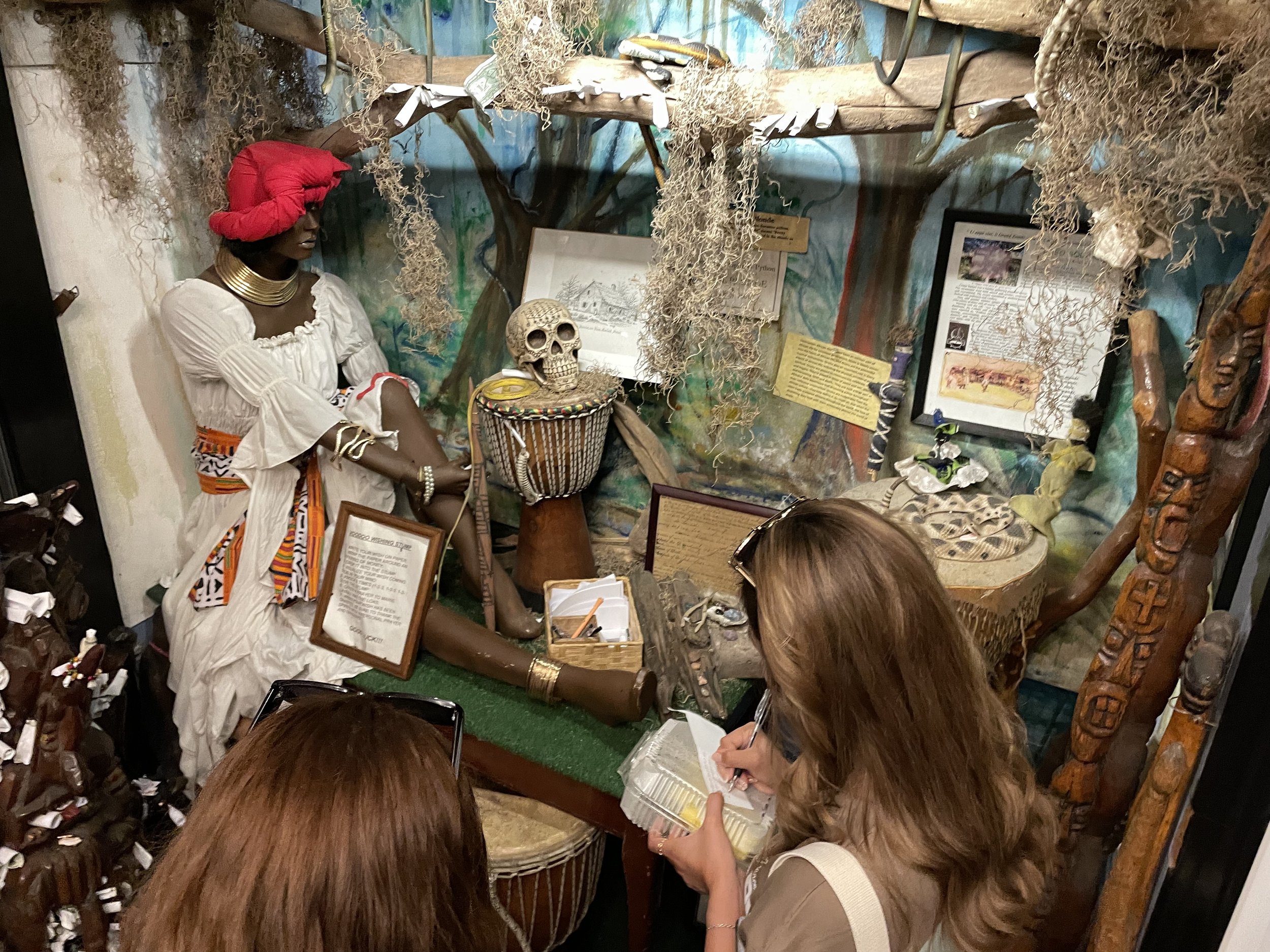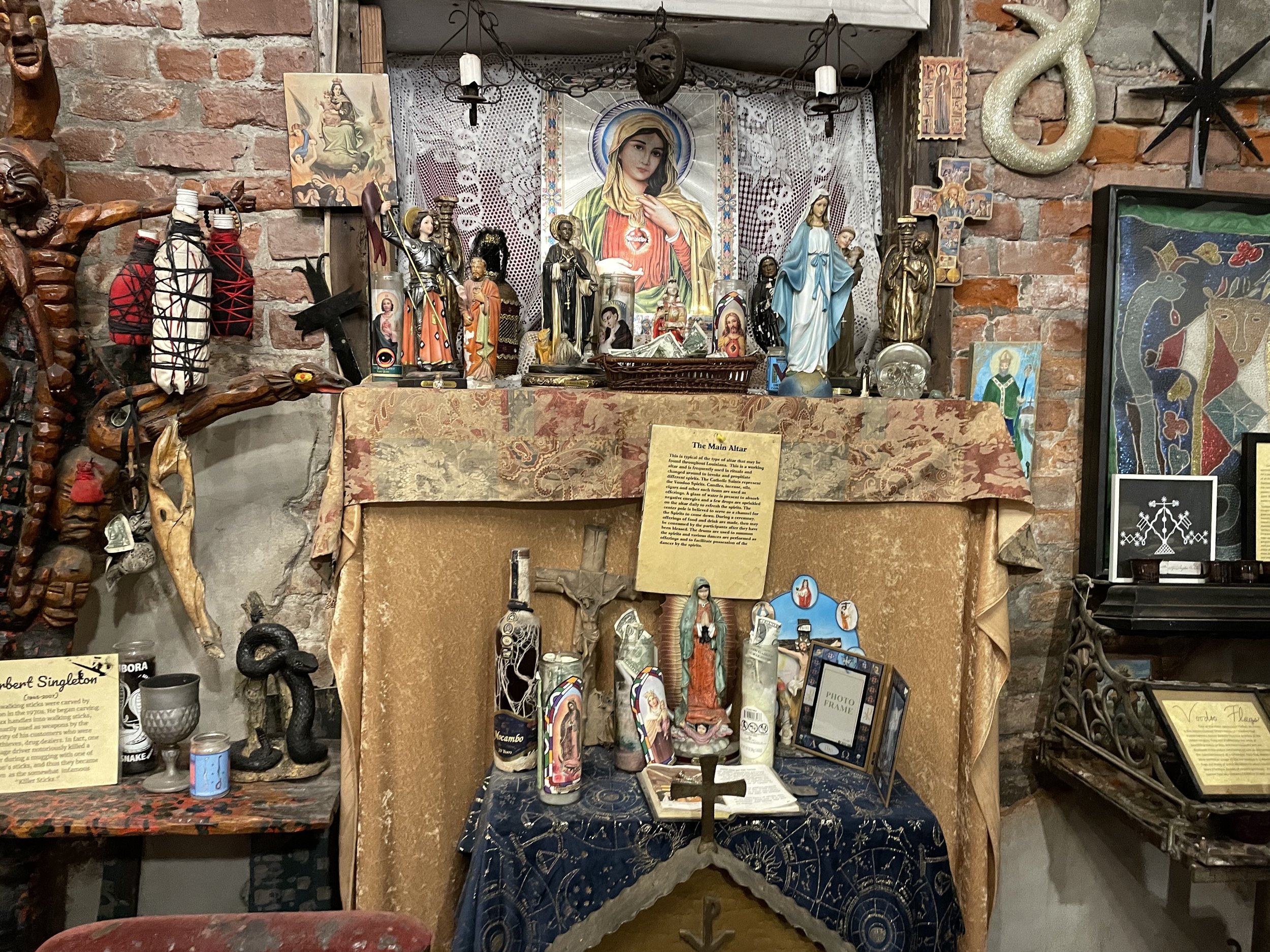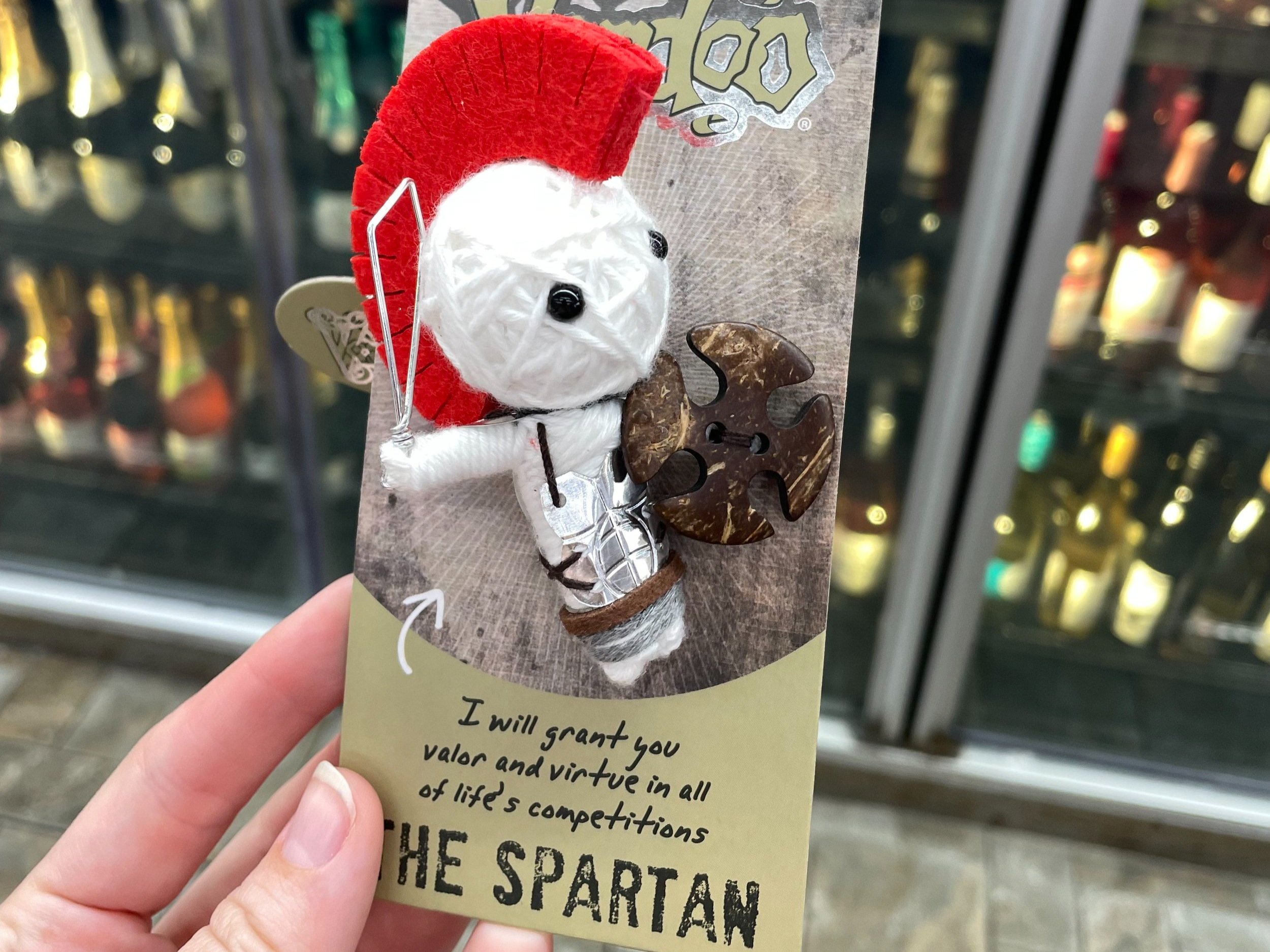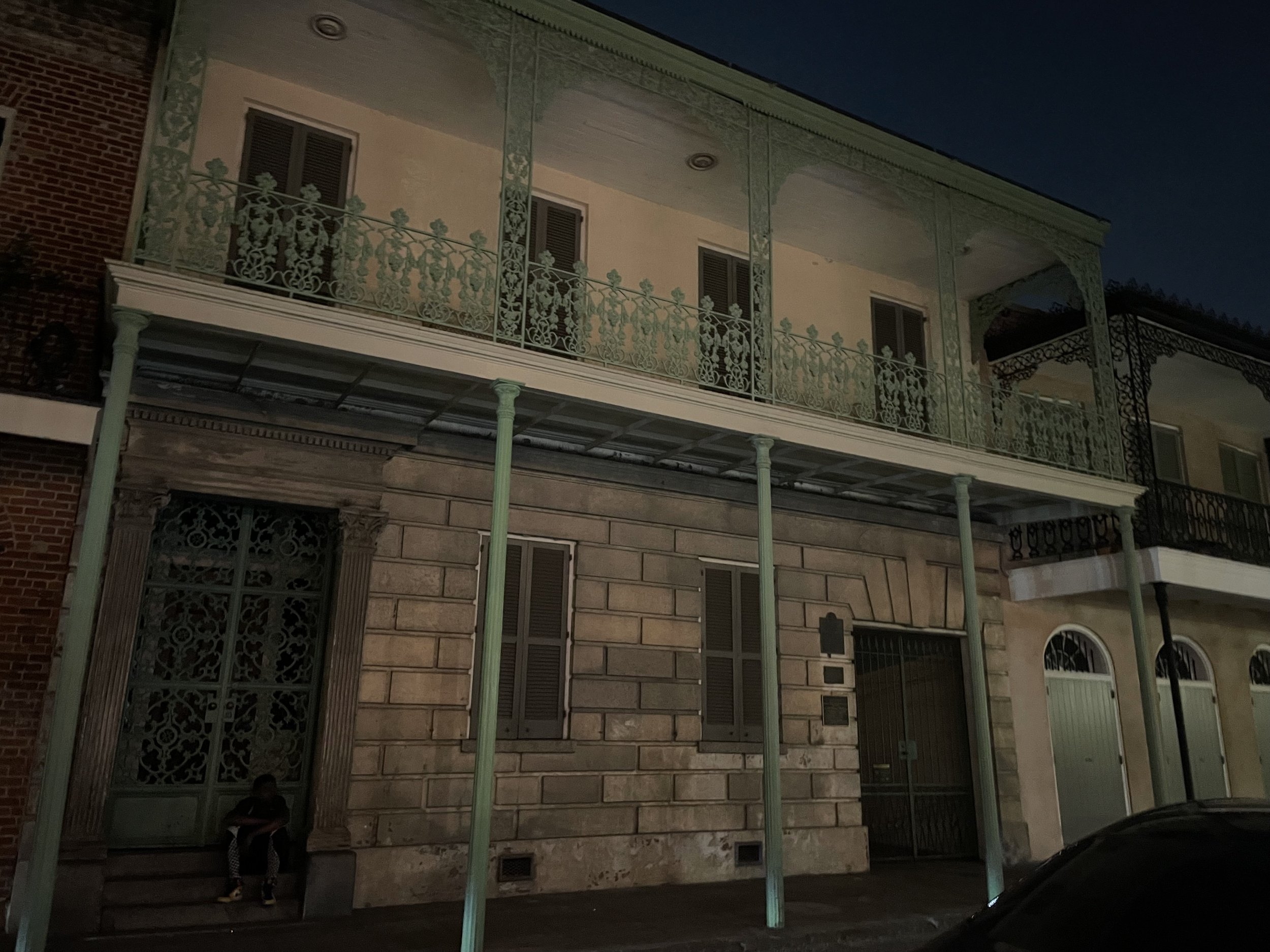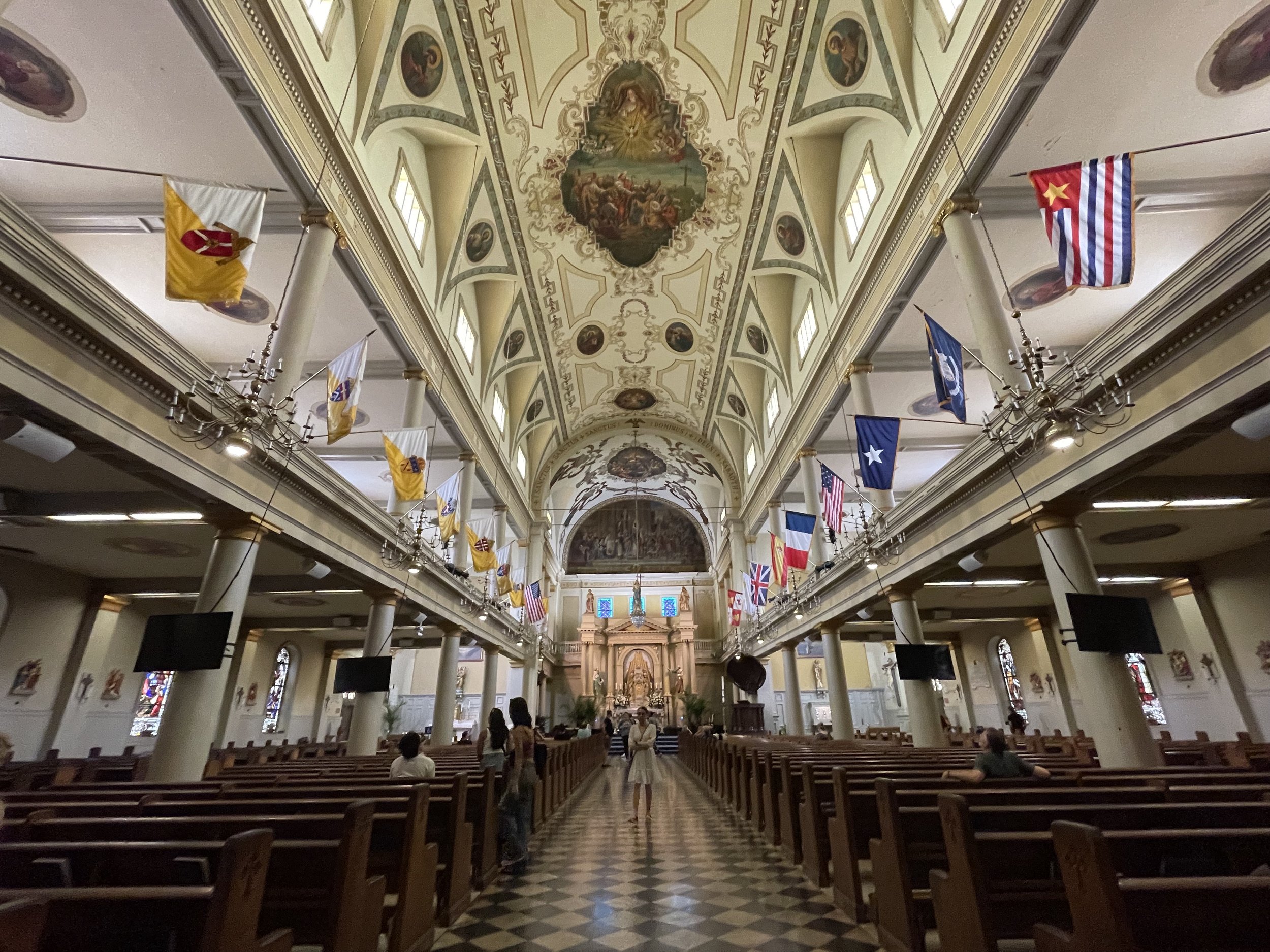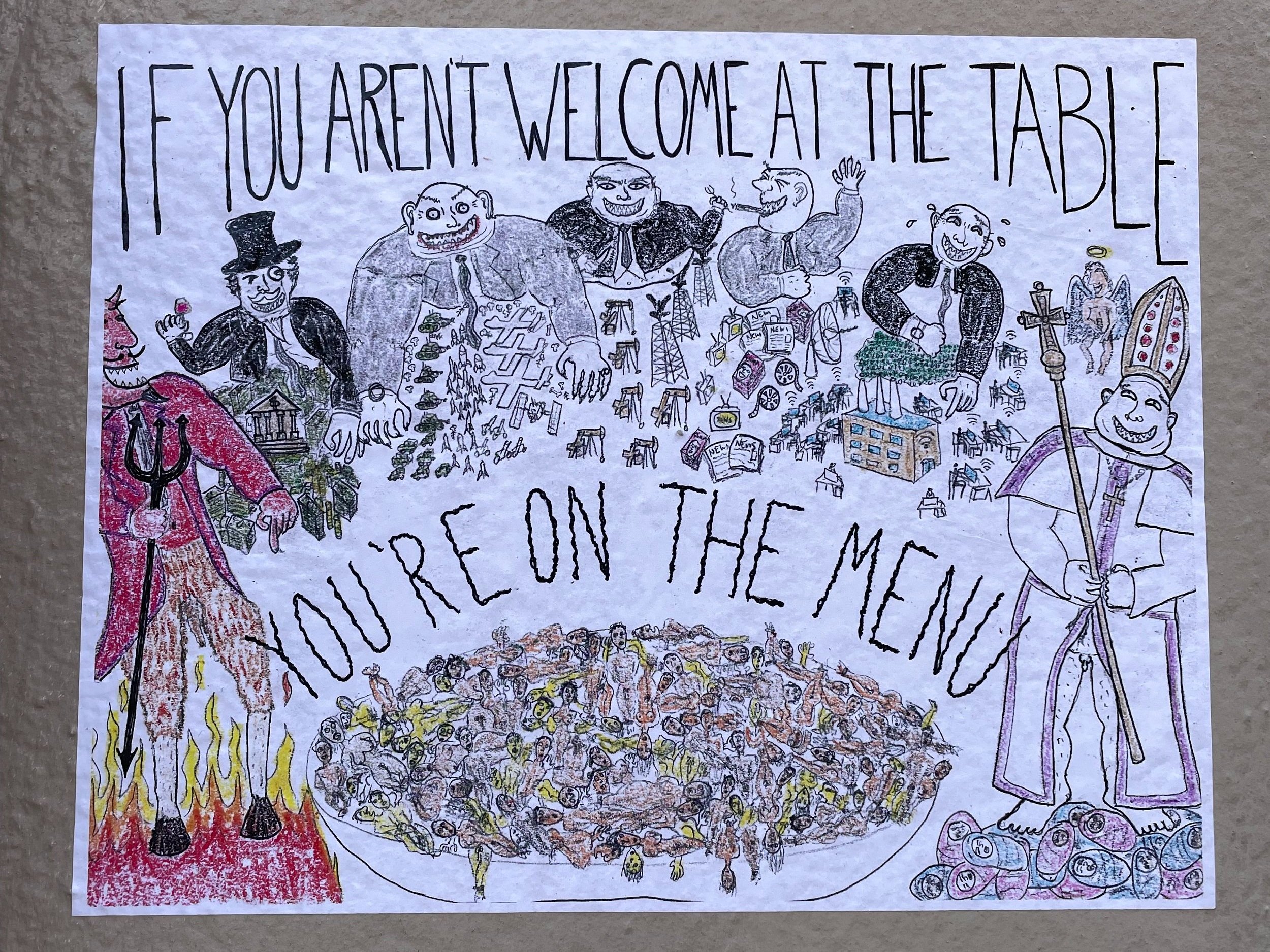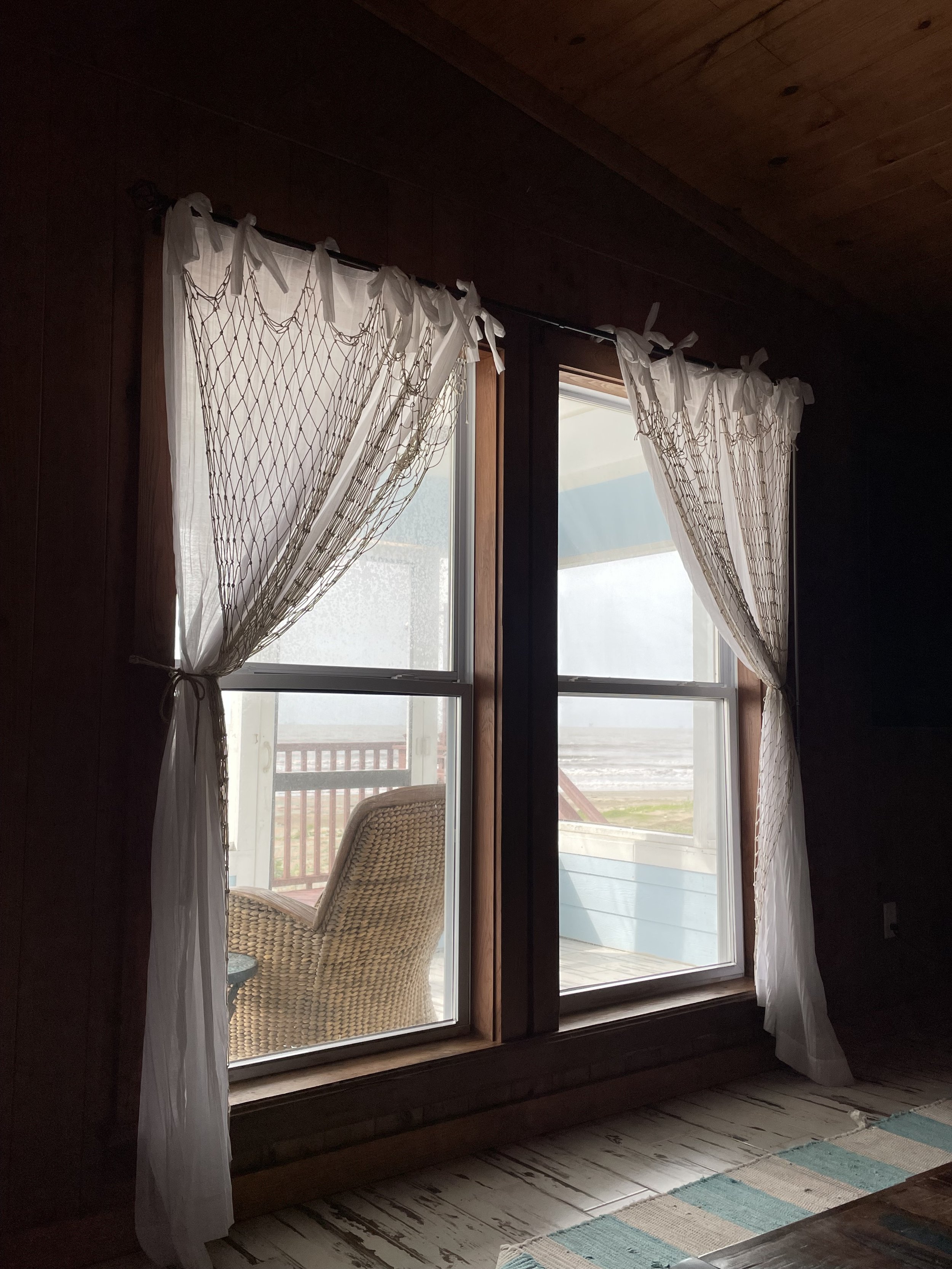I’m sitting down to write my final blog. What a crazy thing to say! My tummy is still full with pancakes and hashbrowns from Café Fleur de Lis (if you ever find yourself in New Orleans, definitely check this place out!), and here I am doing my laundry for the last time here in the Garden District. I remember the day before I left for this trip and how nervous I was. Worries like being away from home for an entire month, traveling with a group of strangers, or getting food poisoning like the time during my eighth grade Washington DC trip were my main concerns. Now having one more full day left of this experience, I would tell my past self there is nothing to be worried about. Sure, I felt homesick a couple times and missed my friends and family back in California. But the strangers I’ve been bookpacking with have turned into friends, and I have been fortunate enough to stay healthy (knock on wood).
I could list off the things I love about this place. The people of New Orleans welcomed me with open arms. I definitely have the shy and quiet type of personality where I usually wait for others to approach me, so coming to a place where the locals initiate the conversation first has been great. After a month being called “baby,” “honey,” and “sweetheart” by shop and restaurant owners, I am not excited to go back to Los Angeles where the only thing they offer you is a sideways smile or a judgmental stare. The architecture, supernatural lore, nightlife, and food are also things I will miss dearly once I am back home. However, the sounds of the city, especially the music, is what I will miss the most.
I have wanted to visit New Orleans for a long time now. My mom has been here once before, so when I told her that I wanted to travel here too, she asked “Why?” and my answer was “Because of the jazz and live music everywhere you go.” It really is true that around any corner on the streets that there is a 95% chance you will hear some form of music whether it is coming from a brass instrument or percussion ones. On the very first day we ventured into the French Quarter, I saw street performers for the first time at Jackson Square. I only caught the tail end of their set, but it was a great first glimpse of the other kinds of performances I would get to see over the course of my stay here.
The second line parade on 5/19/24
I would say the first actual “event” I had the opportunity to witness was the Second Line Parade on May 19. On Sundays during parade season, Social Aid and Pleasure Clubs (SAPCs) host these parades through predominantly African American neighborhoods. It was disgustingly hot, but I had a smile on my face the whole time. The bright colored costumes, flashy banners, brass band, and spirit of the people made me so happy. I have never seen anything like it before.
The amazing saxophonist at Cafe Negril
After submitting our first paper, my friends and I had a mission: find a jazz club. Once we had a destination in mind, we headed straight towards Frenchmen Street. Maybe it wasn’t the best idea to go on a Saturday night since the street was packed, but it was alive and bustling. Music was pouring out of every restaurant, and there were tons of people lining up to get in. Our initial plan to go to the Spotted Cat Music Club was quickly squashed when they told us about the $10 cover fee. As responsible college students on a budget, we followed the sound of music across the street over to Cafe Negril. And thankfully, it was free to go inside. The atmosphere was pulsing with soul. As soon as the band began to play, my body involuntarily started swaying to the beat, and the harmonies between the instruments mesmerized me completely. The trombone player loved interacting with the crowd and the saxophone player had some amazing solos.
The most special jazz performance had to be when we went to as a group to Preservation Hall. I went into it blind, not knowing what the inside looked like or what the players would sound like. I was a bit worried when I saw how small the room was and that there was no air conditioning inside, only fans that plug into the wall or hang from the ceiling. My handheld fan definitely came in handy! At first, I was bummed that no photo or video was allowed during the show, but it was actually really nice to be in the moment with the musicians. These days, I usually see more phone screens than the actual performance during the concerts I go to, so it was a nice change of pace. Overall, I loved the intimacy of the small room where you were unconnected from the outside world to enjoy some lively jazz music.
Not the group from Preservation Hall, but these are some really talented musicians in Jackson Square
The music jam at Tom's Fiddle and Bow
Of course, New Orleans/Louisiana is not just limited to jazz music. Delightful music is found in the most unassuming places down here. On a daytrip deep into Cajun country, we stopped in Arnaudville where Tom’s Fiddle and Bow is located. Every first Sunday of the month, Tom, the owner, invites the musicians of the community into his shop to jam out. When we arrived, you could hear the music from the outside, and on the inside, there was just pure joy. On the day we went, they were playing traditional bluegrass music, and in previous years, they used to have a Cajun jam session in a different portion of the shop. This circle of musicians went around and took turns selecting a song to play, and what really impressed me was that all of them knew what to do without any rehearsal. I have never voluntarily listened to bluegrass on my own, but the way this group of people played their instruments made me love it.
I may not listen to jazz as much anymore, but listening to jazz music live has a completely different vibe. There is an energy that cannot be compared to anything else and it walks the streets of the city. So…
New Orleans,
It’s been great, thank you for taking care of me, and I hope to come back soon.
Bonus — Here are some of my other favorite sounds of from the city:
Everyone inside Pat O'Briens singing along to American Pie
The sounds of Bourbon Street
The sounds of the St. Charles Streetcar through through the Garden District
A new core memory - listening to Take Me Home, Country Roads while driving through the country roads







